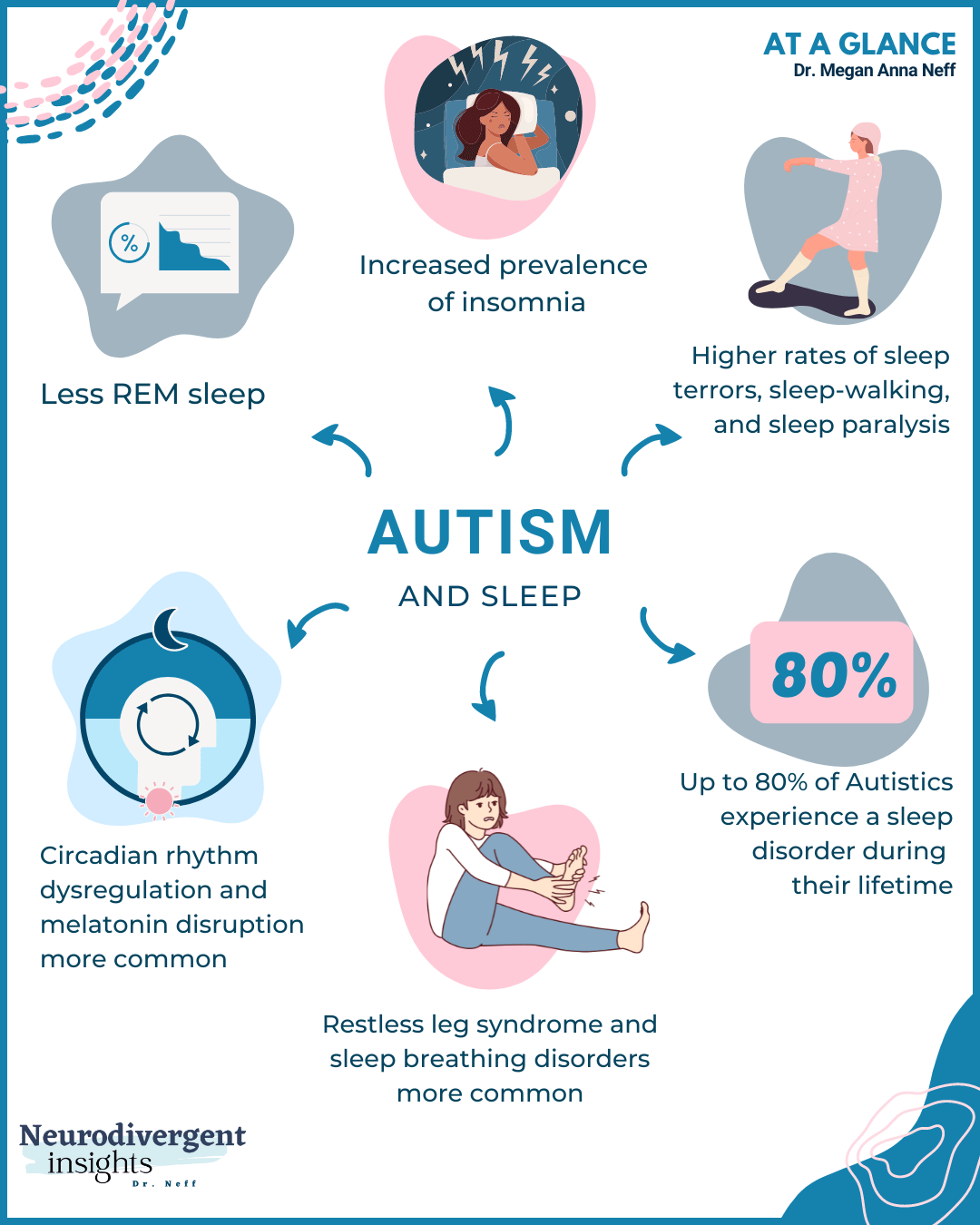The Impact of Early Intervention on Kids with Autism: What Parents Required to Know
The Impact of Early Intervention on Kids with Autism: What Parents Required to Know
Blog Article
Discovering Autism: Strategies for Efficient Interaction and Communication
Efficient communication and interaction with people on the autism range demand an extensive understanding of their distinct needs and preferences. The intricacies of these strategies reveal further factors to consider that warrant exploration, specifically in exactly how they can be adapted to diverse contexts and private experiences.
Recognizing Autism Range Condition
Autism Spectrum Disorder (ASD) incorporates a range of neurodevelopmental problems characterized by difficulties in social communication, communication, and recurring behaviors. The term "spectrum" mirrors the varied indications and varying degrees of intensity experienced by individuals with ASD. While some may exhibit substantial impairments, others might display high-functioning traits, enabling for better freedom in life.
The beginning of ASD typically happens in very early childhood years, with signs commonly well-known by age two. Early signs might include postponed speech growth, limited eye contact, and problems in recognizing social cues. Although the exact etiology of ASD continues to be vague, research suggests a combination of environmental and hereditary aspects plays an essential function in its advancement.
Individuals with ASD often possess special toughness, such as heightened attention to detail and exceptional memory skills. They might have a hard time with comprehending abstract ideas and handling modifications to routine - autism. Therefore, interventions and support tailored to individual demands are essential for cultivating interaction and social abilities. Identifying the intricacy of ASD is crucial for promoting understanding, acceptance, and reliable approaches that promote purposeful interactions with individuals on the spectrum.

Relevance of Clear Interaction
Efficient communication is important for fostering understanding and link, specifically for individuals with Autism Spectrum Problem (ASD) Clear interaction not just assists in social interactions but also boosts the person's capacity to reveal their emotions, demands, and thoughts. For people with ASD, the subtleties of language can frequently be testing; as a result, utilizing unambiguous and straightforward language is crucial.
Additionally, clear communication aids decrease frustration and anxiousness that may emerge from misconceptions. When messages are conveyed in a regular and direct fashion, individuals with ASD are much better furnished to interpret details precisely, which can considerably enhance their social engagement and engagement in numerous settings.
Establishing regimens and utilizing visual assistances can additionally bolster clear communication. These approaches offer people with predictable structures that assist comprehension and retention of info. In addition, actively being and paying attention person during communications advertises a supportive atmosphere where people with ASD really feel valued and understood.
Eventually, focusing on clear communication not only encourages individuals with ASD however additionally cultivates even more purposeful connections with their peers, caregivers, and the larger neighborhood, leading the way for inclusive interactions and collective partnerships. - autism
Non-Verbal Interaction Techniques
Communication prolongs beyond words, and for people with Autism Range Problem (ASD), non-verbal signs play a significant role in interactions. Non-verbal communication techniques can include facial expressions, gestures, body language, and eye get in touch with, every one of which act as crucial parts for site link sharing feelings and intentions.
Understanding and interpreting these non-verbal signals can improve communications with people with ASD. A warm smile or open position can create an inviting ambience, encouraging engagement. Similarly, using aesthetic aids-- such as picture cards or icons-- can connect communication voids and help convey messages extra effectively.
It is additionally vital to be conscious of personal space, as people with ASD might have different comfort degrees regarding distance. Observing their responses to physical closeness can educate ideal changes.
:max_bytes(150000):strip_icc()/GettyImages-1377530534-2000-fc355c43782b496c947c182d17b8b5db.jpg)
Creating Encouraging Environments
Developing an encouraging setting is vital for click here to read cultivating positive interactions and enhancing the wellness of people with Autism Spectrum Problem (ASD) Such atmospheres can substantially reduce anxiousness and create a sense of safety and security, enabling people to express themselves more easily.
To achieve this, it is necessary to take into consideration sensory level of sensitivities that individuals with ASD may experience. Changing the physical room to consist of soft lighting, minimal background noise, and comfortable seating can create a soothing atmosphere. Additionally, utilizing constant regimens and clear aesthetic routines can assist people anticipate changes and reduce uncertainty, more advertising comfort.
Social rooms must be structured to lessen overwhelming stimulations while offering chances for interaction in preferred activities. Assisting in locations assigned for peaceful time can likewise offer as a haven during moments of stress and anxiety. Significantly, incorporating components of choice encourages individuals, enabling them to work out firm in their setting.

Urging Social Communications
Fostering social interactions amongst individuals with Autism Spectrum Disorder (ASD) requires intentional strategies that prioritize comfort and interaction. Establishing foreseeable routines can help in reducing anxiety, making social settings much more friendly. Developing organized atmospheres with specified duties and responsibilities enables people to engage without the overwhelming pressure of disorganized social characteristics.
Incorporating interests and strengths into social activities can work as a stimulant for communication. For example, organizing group activities around shared leisure activities or subjects of attraction can assist in natural discussions and connections. Furthermore, using aesthetic supports, such as pictorial schedules or social manuscripts, can assist in comprehending social signs and expectations.
Modeling suitable social habits is critical - autism. Peers and adults should show effective communication techniques, including look at here now active listening and turn-taking. Role-playing situations can also provide a safe room for individuals to practice these skills
Last but not least, promoting peer connections through inclusive techniques is crucial. Motivating inclusive playdates or team getaways can create opportunities for socialization in a comfy setting. By carrying out these methods, teachers and caregivers can substantially enhance social communications for people with ASD, promoting their general social advancement and health.
Final Thought
In final thought, efficient interaction and communication approaches are important for sustaining individuals with Autism Spectrum Problem. Inevitably, these approaches empower people with autism to navigate social landscapes, promoting their general well-being and making it possible for the growth of enduring partnerships.
Efficient communication and interaction with people on the autism spectrum demand a comprehensive understanding of their special demands and preferences. Clear interaction not just helps with social interactions yet likewise enhances the individual's ability to express their emotions, demands, and ideas.Promoting social interactions among individuals with Autism Range Condition (ASD) requires intentional approaches that focus on convenience and involvement. By implementing these caregivers, approaches and teachers can significantly improve social communications for people with ASD, promoting their total social development and well-being.
In verdict, reliable communication and interaction strategies are important for supporting people with Autism Range Disorder.
Report this page